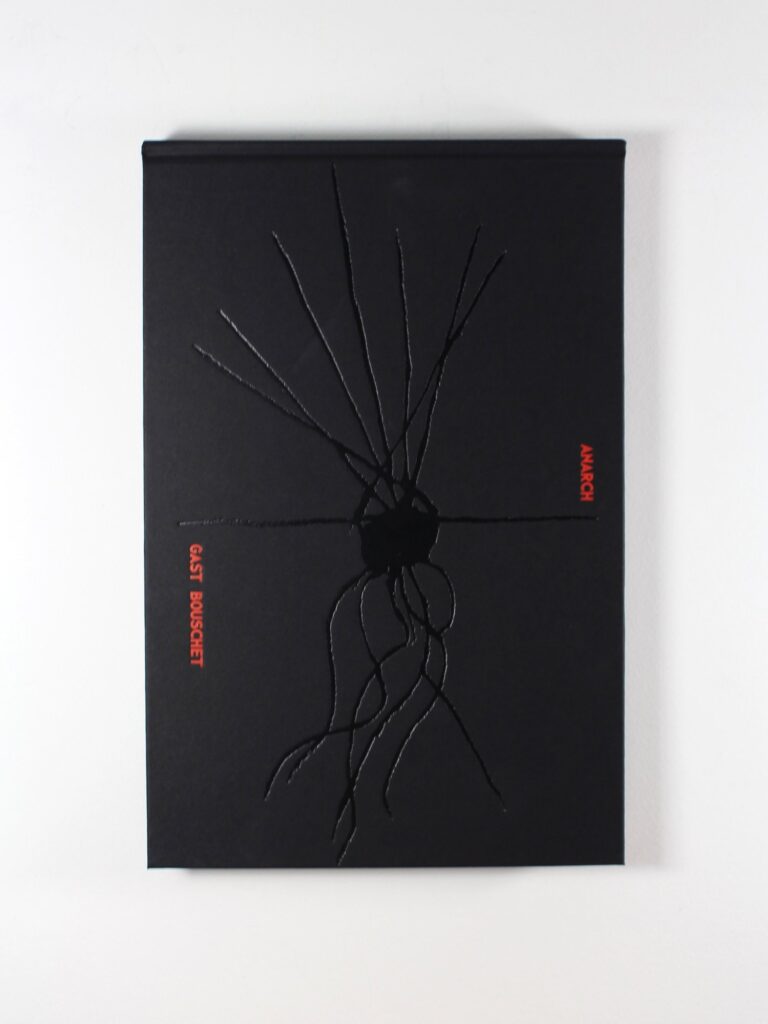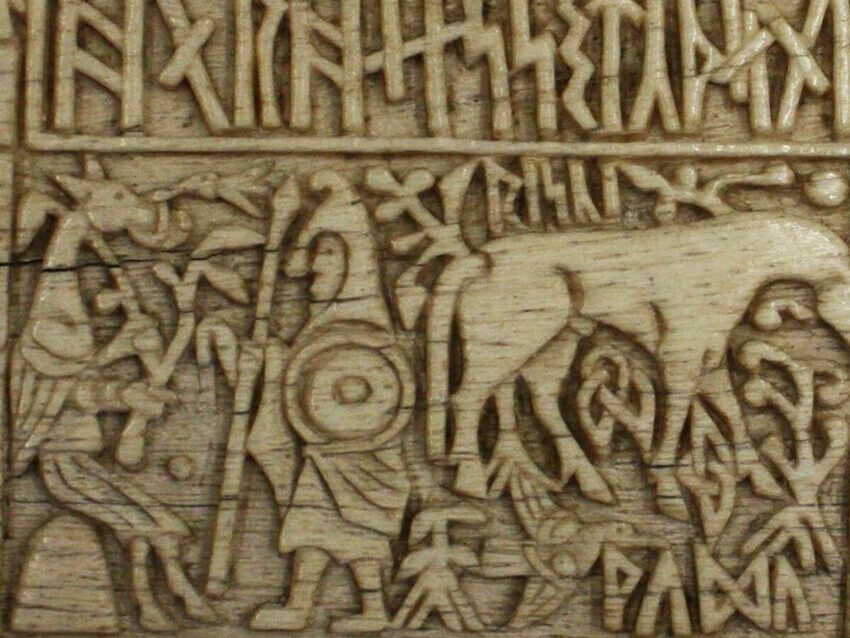What is the role of the artist? Answers to this question are often framed in terms of utility: the artist’s role is to provide service to the society in which they operate; to record and document, to communicate, to interpret, to impart meaning – all for the benefit of the community. But what happens when the artist rejects society; it’s norms, morals and its values? Or extracts themselves from it, becoming located in a place outside and beyond? What is the role of an artist no longer in the service of society? And what of the work they produce? Surely ‘art’ only exists within the culture that endows it with meaning and value; outside a society’s culture, art becomes something wholly different.
At the outset of this compelling, insightful and surprisingly readable book, Bouschet confirms his status as an artist, and situates himself in relation to society in general, and the contemporary art world in particular. He observes that art-as-product accrues value in direct proportion to its visibility, to its reflective sheen and refractive index. But Bouschet’s art is occulted; hidden, withdrawn, obscure, abstruse, other. It has little value by the current art market’s standards, but it is of immense value to those who, like him, have rejected society’s norms, morals and values, and become antinomian.
Bouschet proposes a theory of art-as-sorcery, where antinomianism is a prerequisite. Unlike the shaman, who traditionally performs a magicko-religious function within, and for the benefit of, a community, the sorcerer stands alone in the darkness, in congress with the invisible realms for their own sake, unburdened by any social obligations. They are no longer part of the human communitas. Thus, Bouschet extricates himself from society and withdraws to the Ardennes Forest where, over a four year period, he experiences an alchemical blackening and transmutation (it should be noted that the Ardennes Forest is larger than the entire English county of Suffolk. It is a wilderness on a scale many of us can barely comprehend.)
In doing so, he ensures that art returns to its primordial function and becomes magickal practice. The first artists were glyph-makers; shapers of alternate realities writ on the walls and ceilings of caves. They made the internal external; they reified, created, manifested. They revealed the hidden and gave form to the numinous. They reached into other realms to which art has now lost all connection. The first artists were sorcerers.
Thus, Bouschet’s primordial sorcery-art is one of silence and solitude, of humility and dissolution, of ego-loss and permeability, and ultimately of ecstasis. It is a practice that is empathic, immanent; one that becomes united with the undifferentiated blackness of the forest and, in turn, hollows out its subject.
It is a process that yields an alchemical transmutation into the multiplicity of non-human otherness; an otherness that resides as much within as without; in the microbial communities, biomolecular networks and bacterial ecosystems of our interior. All have agency, all are us and not-us. If we are legion, who are we but organisms haunted and possessed by the in-dwelling presence of billions of independent yet interdependent lives? By developing a propinquity with these alteric entities, Bouschet connects to the stuff of the earth, the chthonic materia which in turn yields a kind of bio-gnosis. Heraclides Ponticus conceived of the soul as a physical organ; illumination was achieved by way of one’s bodily faculties. Similarly, for Bouschet the soul is the non-human otherness that dwells within the body, and magical power may be drawn from organic materials – a state of affairs enshrined in his fetish-like sculptures which radiate telesmatic potency.
Bouschet’s writings are a manifesto for a sorcerous art primordial in its obsessions but forward-looking rather than regressive; a dark and Promethean art that confronts the earth’s geopathy unflinchingly. It is an art that responds to a civilization limping into an epoch of permanent crisis and upheaval, and so it must work directly with the poisoned and crippled world upon which we all now stand. Bouschet’s own spinal trauma and chronic pain are employed as a vinculum to the toxic paroxysms of Nature. They serve as a microcosm of planetary trauma; through the practitioner and their symbiosis with the world, both art and sorcery have personal and planetary consequences.
Amongst this blackened, tangled and bloody sorcery there is revelation, but it is not through an ascent to the celestial realm. It lies instead in a descent to the organic galaxies that lie within, and to the darkest chthonic depths of our ecology.
The book itself is generous in dimensions: large-format landscape, with Bouschet’s writings occupying one third of its contents. The remainder presents a photographic record of his sorcerous interventions; arresting, violent, benighted, darkly vaulted and crooked assaults on the eye; a visual grammar / grimoire describing a new magick for a dying planet. Read it and weep.
Anarch by Gast Bouschet is published by Scarlet Imprint and issued in a strictly limited hardback edition of 800 copies.




